Ever wondered what sets Galvanized Iron (GI) apart from Mild Steel (MS)? While both are steel-based materials, GI stands out for its zinc coating, making it highly resistant to rust—perfect for water pipes and outdoor structures. MS, on the other hand, is all about flexibility and affordability. It’s the go-to choice for welding, machinery, and construction projects. The key difference? GI fights corrosion better, while MS offers more versatility at a lower cost. Picking the right one depends on what you need it for!
What is GI (Galvanized Iron)?
Imagine a material that stands strong against rust, weathers the elements, and lasts for years with minimal maintenance—that’s
Galvanized Iron (GI). By coating steel with a protective layer of zinc, GI prevents corrosion and ensures long-term durability, making it a trusted choice across industries. Whether it's reinforcing the roofs of towering skyscrapers, lining water pipes to prevent rust contamination, or protecting electrical conduits from environmental damage, GI proves its worth in countless applications. Even in the automotive world, GI extends the life of vehicle frames, and in industrial settings, it strengthens machinery and fasteners against wear and tear. With its ability to be easily shaped, welded, and customized, GI remains one of the most versatile and reliable materials in modern manufacturing.
Definition of MS (Mild Steel)
Mild Steel (MS) is a low-carbon steel known for its high strength, ductility, and weldability. Unlike GI, MS does not have a protective zinc coating, making it more susceptible to rust when exposed to moisture. However, due to its affordability and versatility, MS remains one of the most widely used materials in industrial applications.
Mild steel (MS) is the most widely used and cost-effective type of steel, making it a staple in countless applications. With a carbon content of no more than 0.29%, it is highly weldable, strong, and can be magnetized, allowing it to be used in a wide range of industries. While it is durable, its tendency to rust means it requires protective coatings such as paint, oil, or grease to prevent corrosion. Despite its versatility, mild steel lacks the structural strength needed for heavy load-bearing applications like girders or large beams. However, it remains an essential material in everyday products, including automobile chassis, motorcycle frames, and cookware, due to its affordability and ease of fabrication.
GI Pipe vs. MS Pipe: What’s the Difference?
|
Property
|
Galvanized Iron (GI)
|
Mild Steel (MS)
|
|
Composition
|
Low-carbon steel coated with zinc
|
Pure low-carbon steel with no coating
|
|
Corrosion Resistance
|
High (due to zinc coating)
|
Low (prone to rust unless treated)
|
|
Strength
|
Moderate
|
Higher than GI
|
|
Weldability
|
More difficult due to zinc coating
|
Excellent
|
|
Cost
|
Higher due to galvanization
|
More affordable
|
|
Durability
|
Long-lasting in outdoor conditions
|
Requires coating to prevent rust
|
|
Applications
|
Construction, water pipes, electrical, automotive
|
Heavy structures, industrial machinery, pipelines
|
The primary distinction between MS (Mild Steel) pipes and GI (Galvanized Iron) pipes lies in their composition and intended application.
Material Composition:
MS pipes are made from mild steel, a form of low carbon steel known for its strength, ductility, and ease of fabrication. This makes them ideal for structural and industrial applications where durability and strength are essential. In contrast, GI pipes are fabricated from iron or steel that has been coated with a layer of zinc through a galvanization process. The zinc coating acts as a protective barrier against corrosion, making GI pipes suitable for environments prone to moisture and rust.
Applications:
MS pipes are widely used in general engineering, structural frameworks, automotive components, and construction projects. They are preferred when welding, forming, and strength are prioritized over corrosion resistance. On the other hand, GI pipes are commonly used in plumbing, water supply systems, drainage, and outdoor installations due to their superior resistance to rust and corrosion.
Cost Considerations:
GI pipes are generally more expensive than MS pipes because of the additional galvanizing process. However, this cost difference is often justified by the longer service life and reduced maintenance requirements of GI pipes, especially in harsh or outdoor environments.
Choosing Between MS Pipes and GI Pipes:
The selection between MS and GI pipes should be based on project-specific requirements. For example:
If the application involves water conveyance, exposure to moisture, or outdoor installation, GI pipes are a better choice due to their corrosion-resistant properties.
For load-bearing structures, fabrication work, or indoor use where rust is not a major concern, MS pipes are more cost-effective and practical.
Conclusion
Both Galvanized Iron (GI) and Mild Steel (MS) pipes offer unique benefits, and the choice between them must be tailored to the specific requirements of the application. For projects requiring rust resistance and outdoor durability, GI pipes are a superior option. Conversely, for structural integrity, ease of fabrication, and cost-effectiveness, MS pipes are the preferred choice.
Understanding the strengths and limitations of each type helps engineers, contractors, and decision-makers select the most suitable material for long-term performance, safety, and value.
Frequently Asked Questions (FAQ)
1. What is the main difference between GI and MS pipes?
The primary difference lies in corrosion resistance. GI (Galvanized Iron) pipes are coated with a layer of zinc, which provides excellent protection against rust, making them suitable for outdoor and humid environments. MS (Mild Steel) pipes are not coated and are more prone to corrosion unless treated, but they offer higher mechanical strength and better weldability.
2. Are GI pipes suitable for welding?
Welding GI pipes is possible but not ideal. The zinc coating can emit toxic fumes when heated and may interfere with the quality of the weld. Special precautions, such as grinding off the coating before welding and ensuring proper ventilation, are necessary. For applications that require frequent or complex welding, MS pipes are generally preferred.
3. Can MS pipes be used in outdoor applications?
While MS pipes can be used outdoors, they must be coated with anti-corrosion treatments such as paint, oil, or galvanization to prevent rust. Without such protection, MS pipes will corrode quickly when exposed to moisture or harsh weather.
4. Which type of pipe is more cost-effective in the long run?
MS pipes typically have a lower initial cost but may incur higher maintenance costs in corrosive environments. GI pipes, while more expensive upfront due to the galvanization process, often provide better long-term value in outdoor or moist conditions because of their rust resistance and reduced maintenance needs.
5. What are the common uses of GI pipes versus MS pipes?
GI pipes are commonly used in water supply systems, fencing, electrical conduits, and other outdoor structures.
MS pipes are widely used in construction frameworks, machinery, automotive parts, and indoor plumbing where corrosion risk is minimal.






 English
English Español
Español بالعربية
بالعربية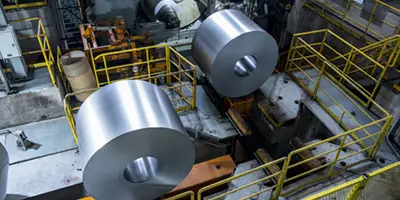

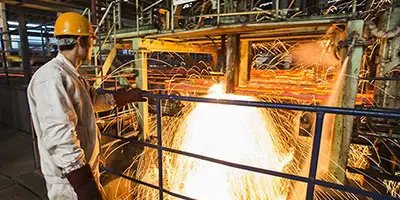
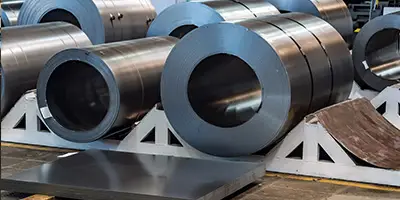

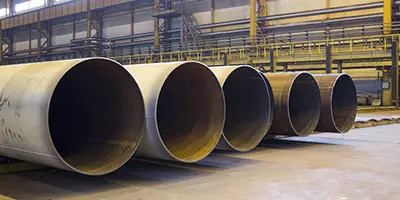
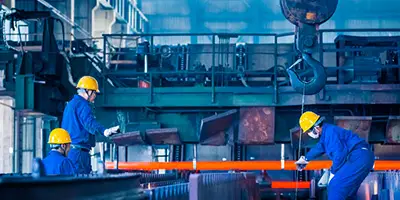
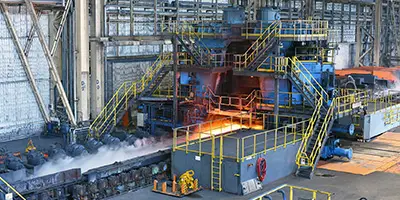
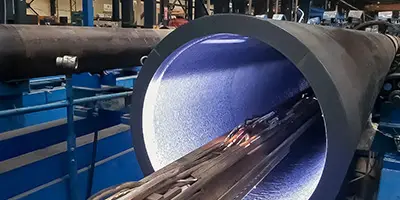
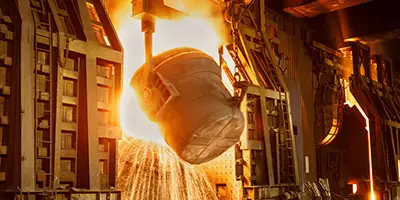

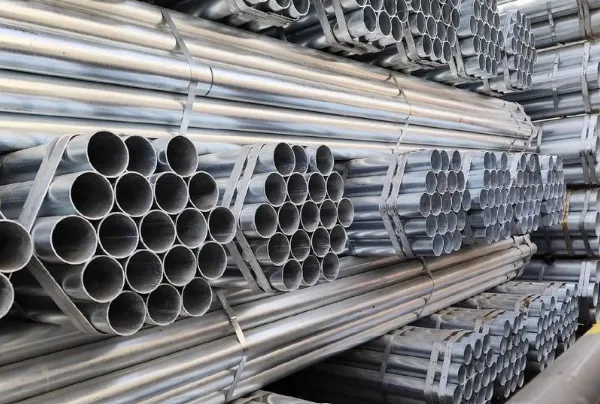
 Phone :
Phone :  Whatsapp :
Whatsapp :  Email :
Email : 


